The Grand Egyptian Museum’s official opening will not be an ordinary event. It will rather be a doorway into the past, a journey through millennia of wonders, patiently waiting to be unveiled.
The 12 Main Galleries of the museum, which house thousands of rare treasures, have recently opened their doors for a trial run. This seems as if the museum itself is taking a deep, exhilarating breath before fully welcoming visitors into its embrace.
As visitors approach the museum, set against the backdrop of the iconic Giza Pyramids, their journey through time begins.
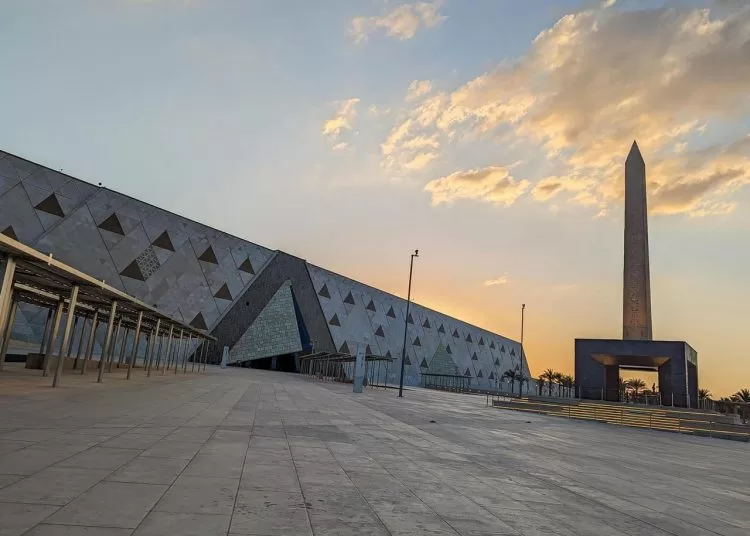
They start the journey at the Obelisk, the first such hanging object in history. It is an architectural marvel from the reign of King Ramses II.
Adorned with ancient hieroglyphs, the obelisk sets the tone for what lies ahead: an immersion into the splendour of Egypt’s ancient civilisation.
When visitors enter the museum, they can see the building’s vast lobby showcasing the statue of Ramses II, which stands proudly in the middle of a grand 8,000-square-metre space.
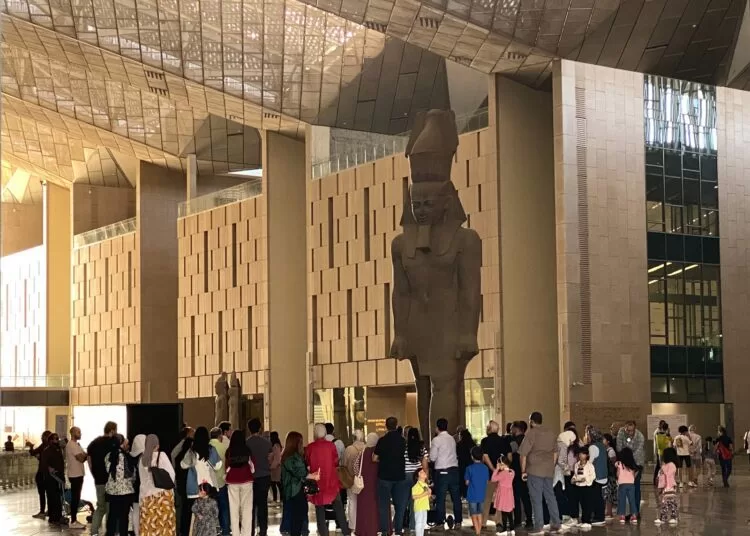
Displayed nearby are two statues from the Ptolemaic era, adding weight and grandeur to this breath-taking entrance.
The real marvel awaits, however, at the Grand Staircase — a sweeping architectural wonder that leads visitors through four awe-inspiring themes.
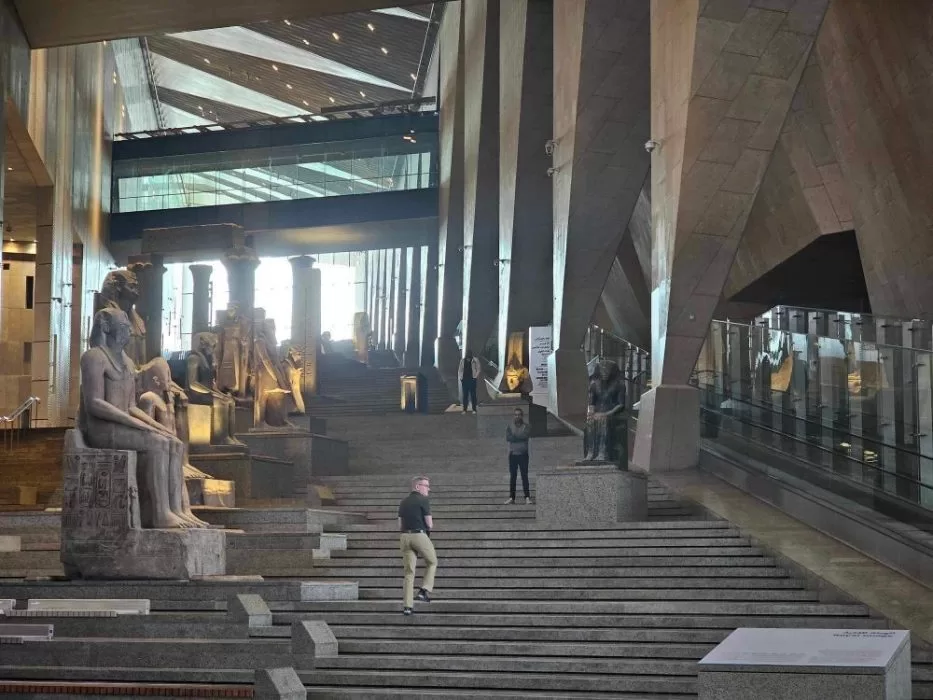
The staircase itself is lined with 60 striking royal statues; stelae; columns, and sarcophagi, offering a deeper connection to the legacy of ancient Egypt as guests explore.
Each of the four themes tells a different part of Egypt’s story: the rise of the royal dynasties; the construction of sacred temples; the relationship between kings and their gods, and, finally, the pharaohs’ journey to eternal life.
In these exhibits, artefacts, such as statues of the god Ptah and King Ramses II, bring to life the intricate relationship between rulers and the divine forces they believed governed their world.
As visitors reach the newly opened Main Galleries at the end of the Great Staircase, the experience deepens.
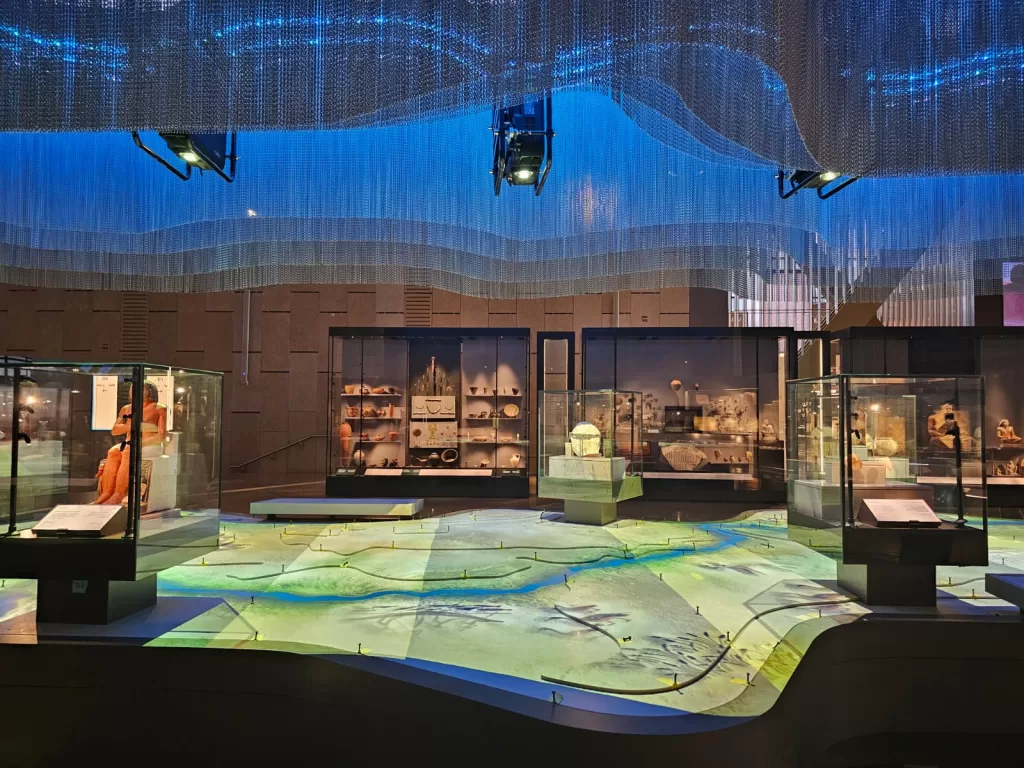
The Main Galleries take guests on an extraordinary journey through millennia of history, spanning from prehistoric times (700,000 BC) to the Roman era (circa 394 AD).
Visitors will encounter a rich array of artefacts, presented within three interconnected themes—Kingship, Society, and Beliefs—revealing how these elements shaped the dynamic relationship between ancient Egyptian kings, their subjects, and the gods.

The collection in the Main Galleries can be appreciated both as individual masterpieces and as part of a broader historical narrative, offering an unparalleled exploration of Egypt’s rich heritage.
From the age of pyramid-building in the Old Kingdom to the political upheavals of the First Transition and the flourishing Middle Kingdom, the halls offer a comprehensive journey through Egypt’s long and storied past.
Each gallery is meticulously climate-controlled to preserve these priceless pieces, ensuring that visitors can admire the delicate carvings, ancient manuscripts, and stunning jewellery in pristine condition.
The museum’s state-of-the-art lighting and temperature control make these artefacts shine like never before, turning a visit into not just an educational trip, but an emotional encounter with history.
Visitors need to make sure that they can check the kneeling granite statue of Hatshepsut.
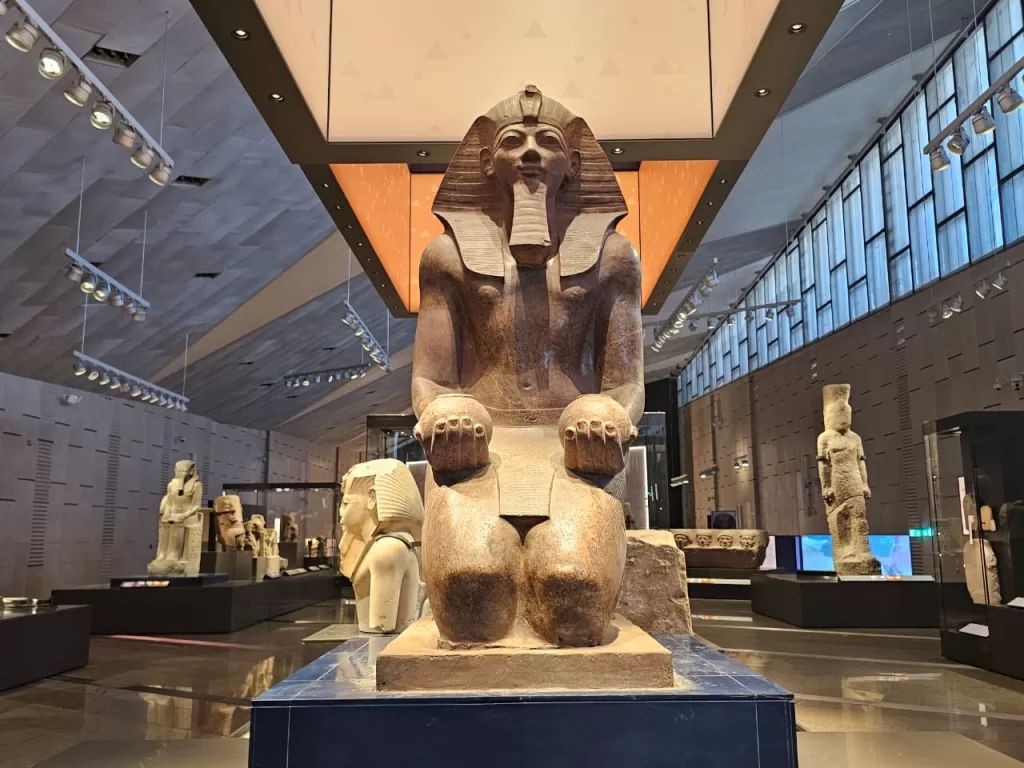
While kneeling royal statues date back to the Old Kingdom, Hatshepsut’s artists pioneered the creation of these figures in larger-than-life dimensions.
Her mortuary temple featured grand statues offering nu pots to the state god Amun-Re, aligning the processional path.
The Sekhmet Statues collection is another fascinating attraction. The goddess of war, Sekhmet, was believed to accompany the king into battle and was associated with weapons. She was recognised in the fierce gusts of hot wind. Representing the eye of the sun god Re, she fought against the enemies of creation.
For bangle enthusiasts, there is an array of pieces crafted from silver, carnelian, turquoise, and lapis lazuli, dating back to Dynasty 4 (2613 to 2494 BC).
Each silver bangle was intricately inlaid with butterflies and dots composed of semi-precious stones.
Silver, thought to have been sourced from Greece, was rare and held more value than gold.
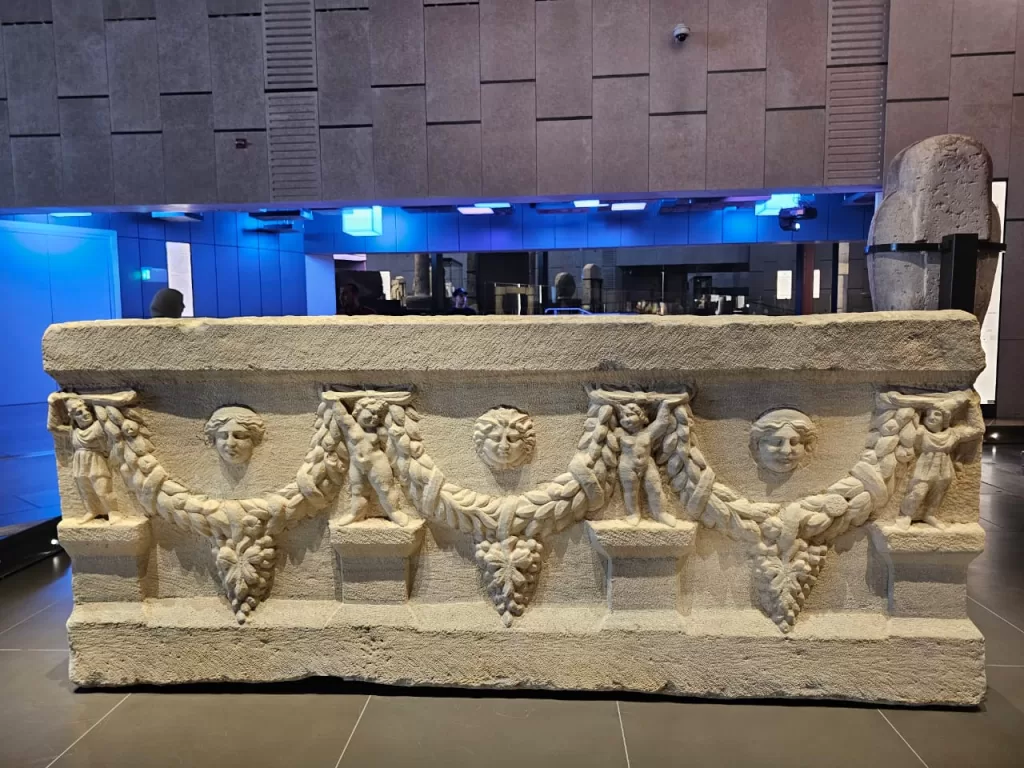

In Graeco-Roman Egypt, individuals from diverse professions and cultural backgrounds frequented the bustling marketplace.
Their attire and spoken languages varied according to their economic standing and ethnic roots.
Consider this exquisite portrait statue: it depicts an unknown man in a casual pose, gazing to his right.
He features curly hair and a neatly trimmed beard, dressed in Greek attire, including a chiton (a loose tunic) and a himation (a rectangular cloak).
The trial phase is part of the museum’s continuous efforts to deliver a flawless visitor experience as it prepares for its eagerly awaited official opening.
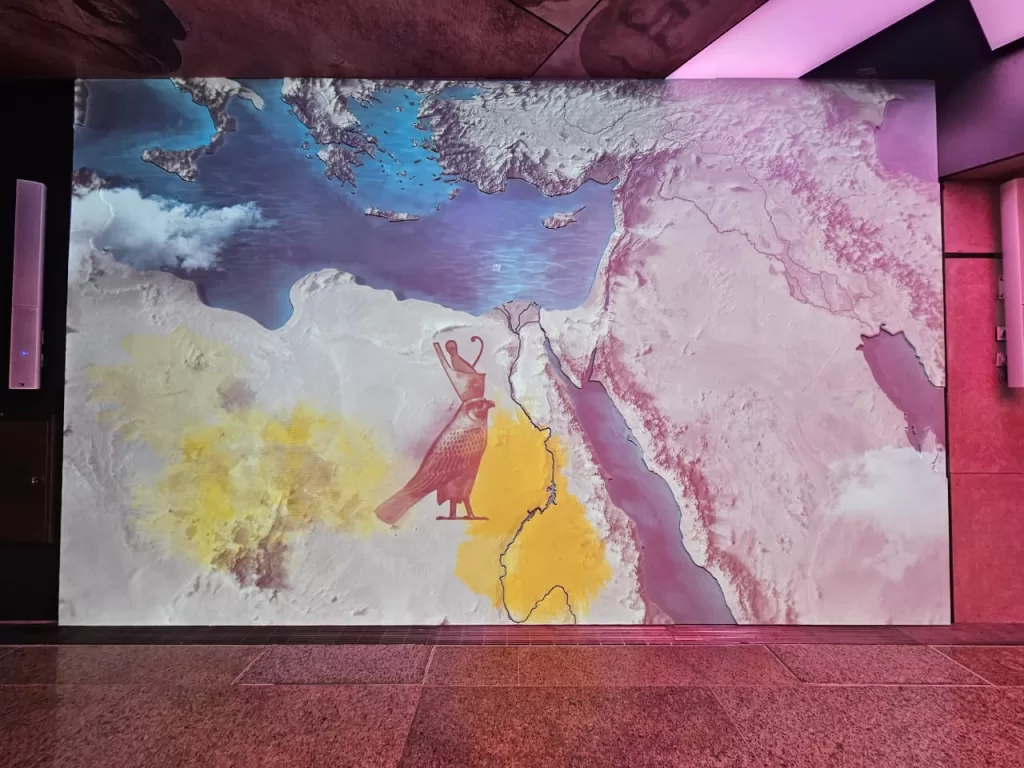
While the Main Galleries are a highlight, visitors can also enjoy the museum’s welcoming spaces, such as the Children’s Museum, picturesque outdoor gardens, and the GEM’s vibrant commercial area which features an array of restaurants, cafes, and shops spotlighting top Egyptian brands.
It is crucial to note that the two Tutankhamun Galleries and the Museum of King Khufu’s boats will remain fully closed until the museum officially opens.
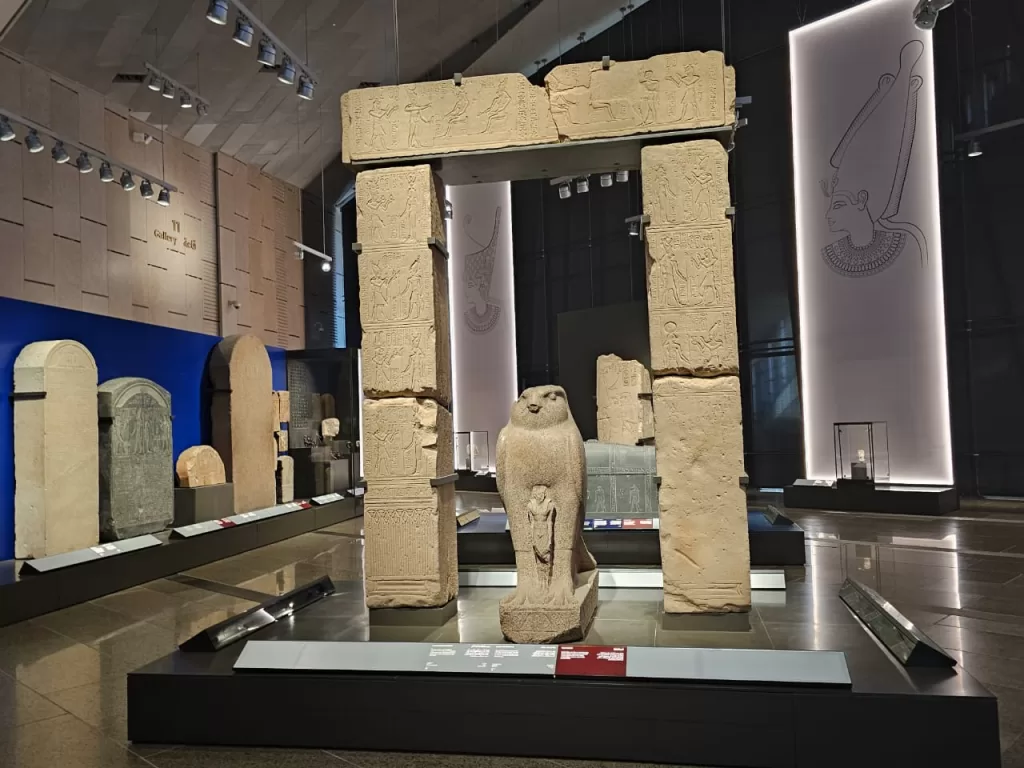
Japan has been a strong supporter of the GEM, contributing over 80 billion yen (approximately $533,228,464) for its construction. Japan has also sent experts in preservation and museum management and provided technical assistance for restoring King Khufu’s second solar boat.
For more information about the trial opening of the Main Galleries or about how to make reservations, please visit the museum’s website: www.visit-gem.com
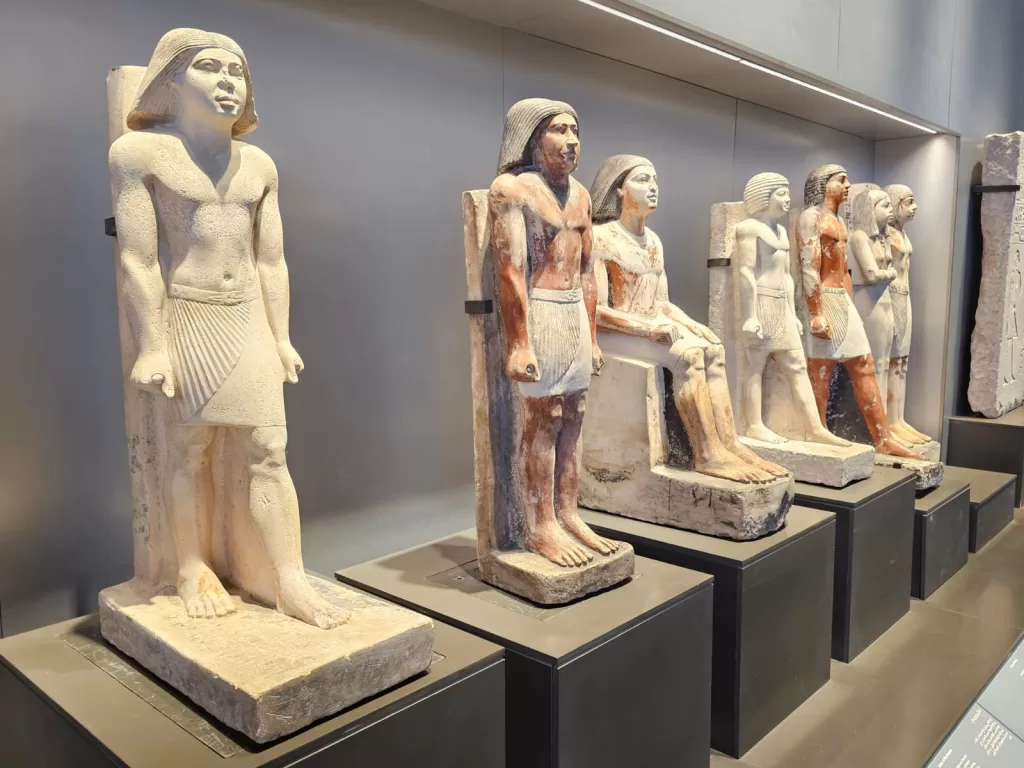
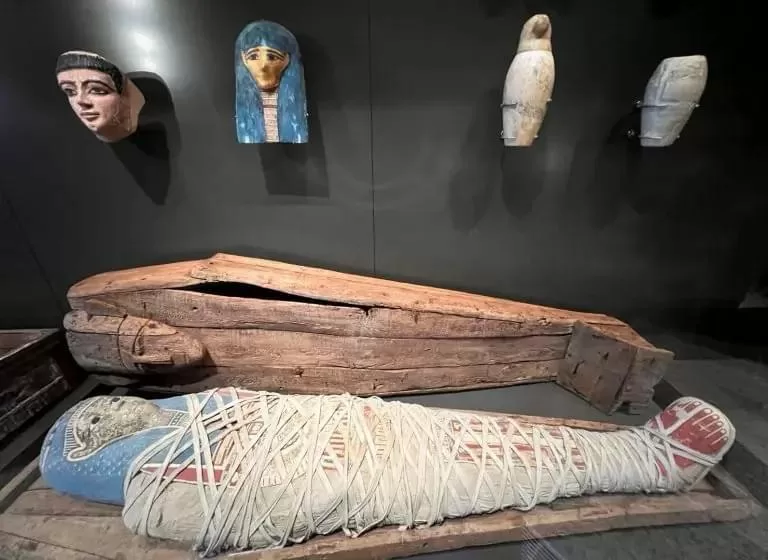
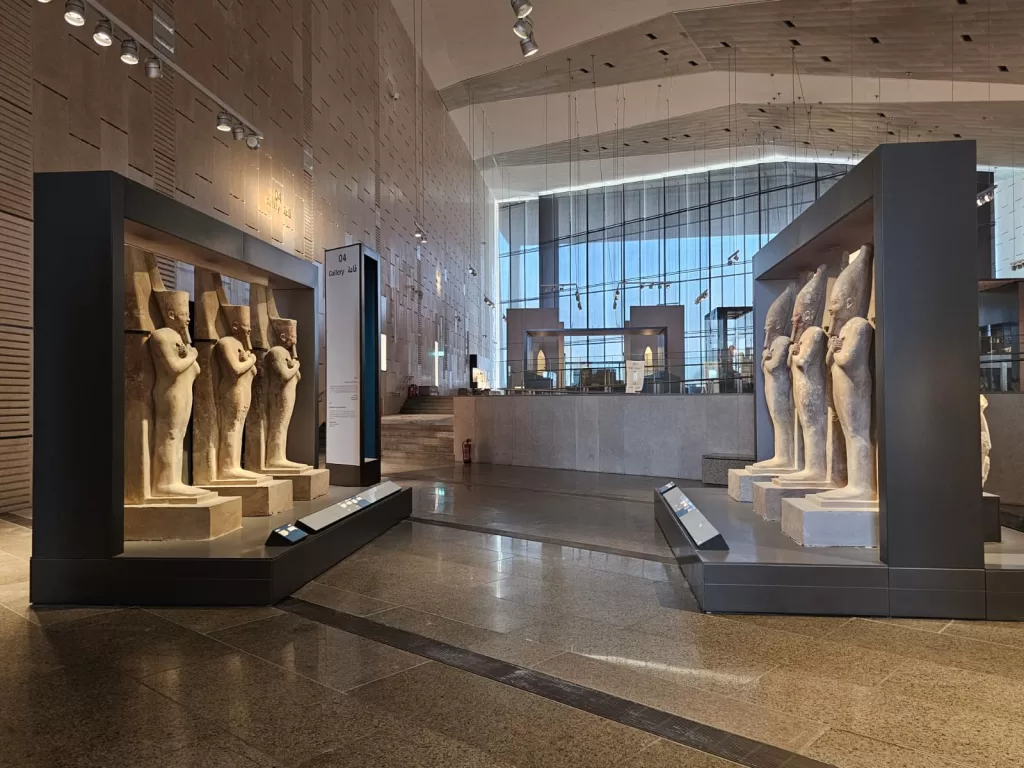
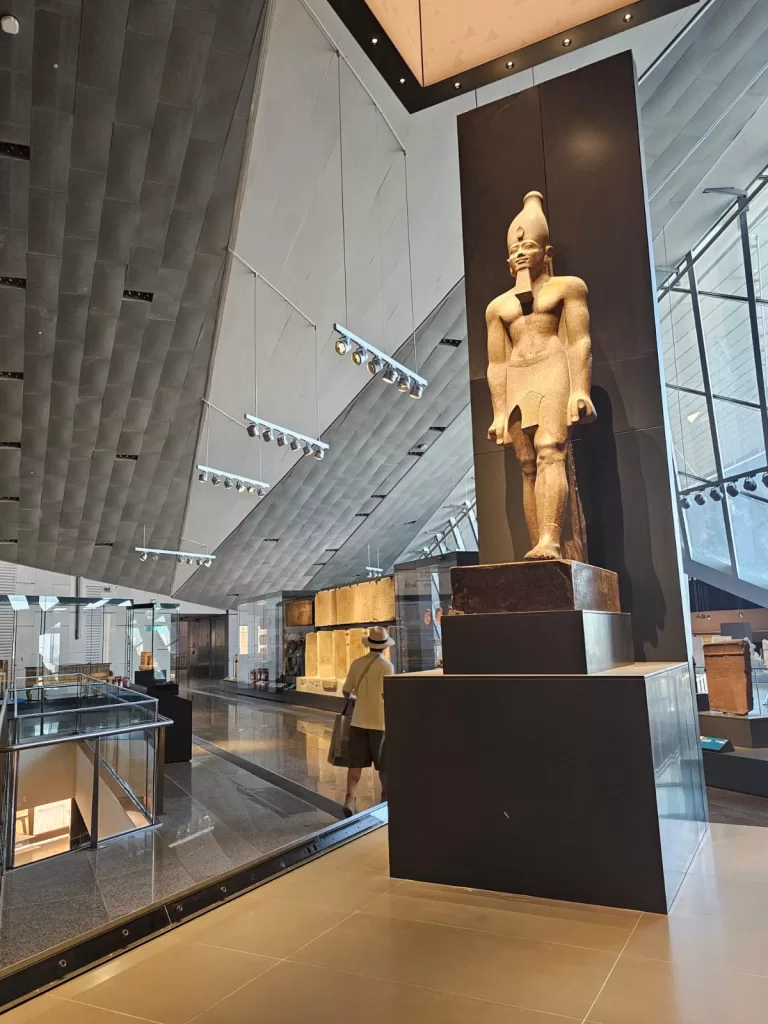
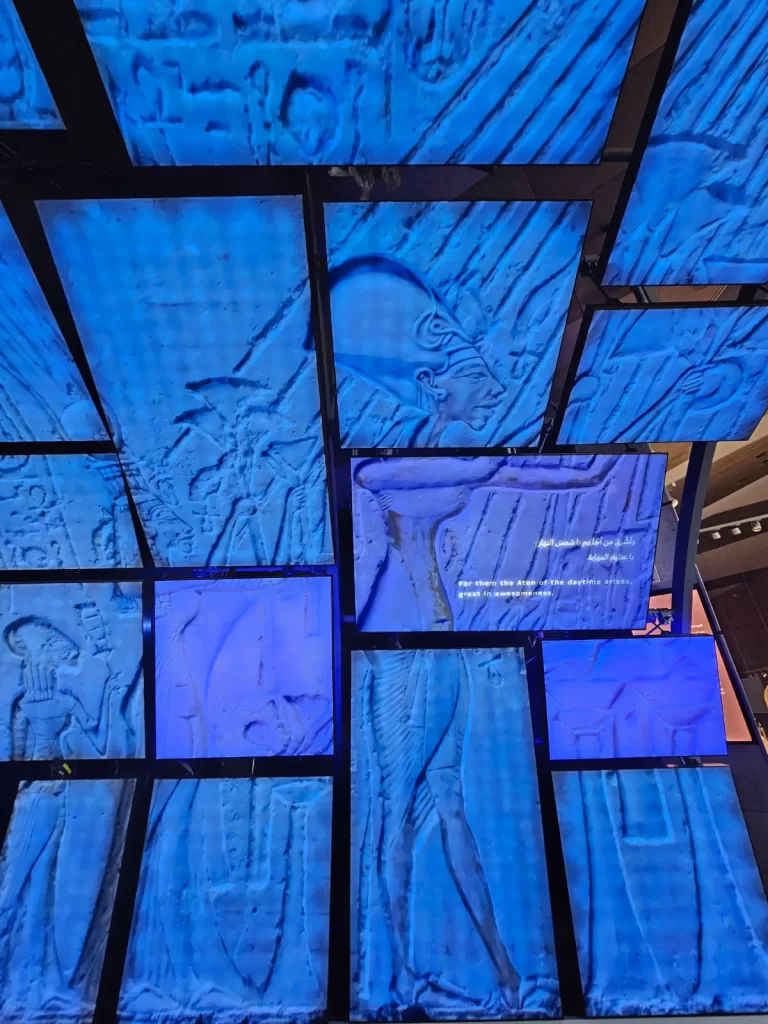



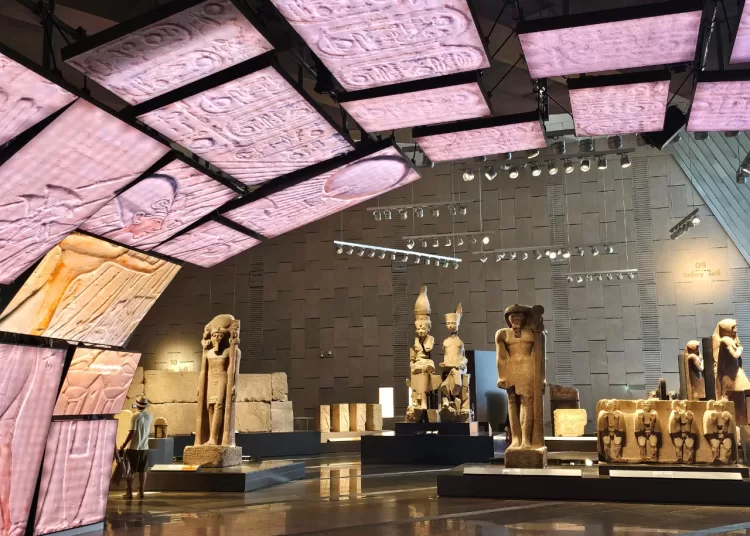


Discussion about this post